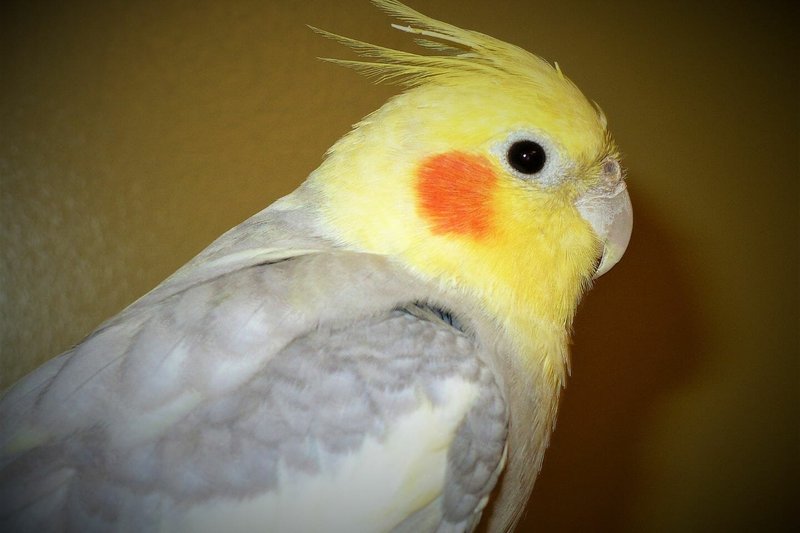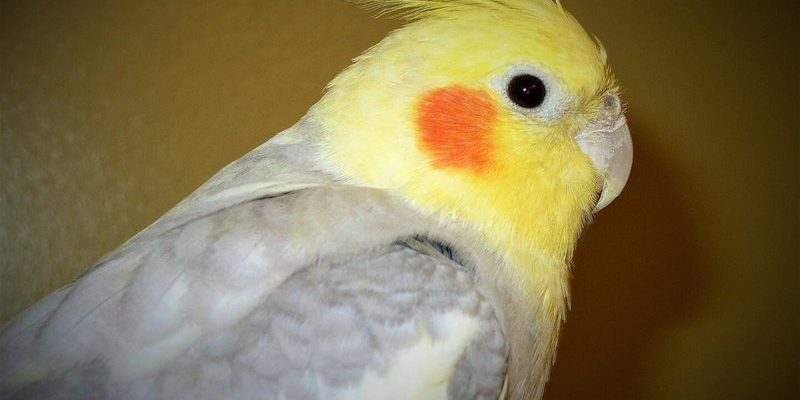
Imagine you’re sitting in a cozy café, sipping coffee, and chatting about the charming quirks of your cockatiel. You might find yourself comparing their chatter to a toddler learning new words—it’s all about repetition and encouragement! Just like that toddler, your cockatiel needs a little guidance and plenty of motivation to get the hang of it. So, how do we go about teaching them? Let’s explore some effective techniques and tips that will have your feathered buddy mimicking words before you know it.
Understanding Cockatiel Vocalization
Cockatiels are social birds that thrive on interaction, and their vocalizations reflect that. In the wild, they communicate through a variety of sounds to express feelings or warn others of danger. When you bring a cockatiel into your home, you become part of their flock, and they’ll likely begin to mimic the sounds they hear around them.
You might be wondering why some cockatiels talk more than others. Personality plays a huge role! Some birds are just naturally more vocal and curious. Others may be quieter or prefer whistling and chirping to full-blown conversation. It’s essential to create an environment where your cockatiel feels comfortable and engaged.
With consistent exposure to words and sounds, your cockatiel might pick up a few phrases over time. Don’t be discouraged if it takes a while—every bird is unique. They may surprise you with their abilities, so keep the lines of communication open!
Setting the Stage for Learning
The environment in which your cockatiel learns to talk is crucial. Try to establish a routine that includes dedicated time for training sessions. This can be as simple as spending a few minutes each day talking to your bird while providing plenty of positive reinforcement. Make sure you choose a quiet, calm space free from distractions, where your bird feels at ease.
Use favorite spots—maybe their cage or a designated play area—where they can focus on you while you speak. Being close to them can foster trust and openness. Remember, patience is key! If your cockatiel isn’t responding immediately, don’t worry. Keep sessions short and sweet, just like a good coffee break.
When it comes to choosing what words or phrases to teach, opt for simple, easy-to-remember terms. Words like “hello,” “goodbye,” and your bird’s name are great starting points. Repeating these phrases consistently will help them associate the sounds with their meanings.
How to Start Teaching Your Cockatiel
Now that you’ve set the stage, it’s time to dive into the actual teaching! Here’s a step-by-step guide to help you through the process:
- Choose Your Words: Start with a phrase you’d love for your cockatiel to mimic. Think short and sweet—just a few syllables.
- Consistent Repetition: Say the word or phrase clearly and often. Use it during your daily routine, especially when interacting with your bird.
- Use Positive Reinforcement: When your cockatiel mimics a sound or word, celebrate! Offer treats, praise, or gentle head scritches to encourage them.
- Be Patient and Persistent: Learning to talk can take time. If you notice your cockatiel starting to whistle or make sounds, that’s progress too!
Here’s the thing: don’t rush the process. Each cockatiel learns at their own pace, so maintaining a positive attitude is essential.
Using Songs and Sounds for Learning
Integrating fun into training can significantly boost your cockatiel’s learning experience. Songs and catchy phrases can make the process more enjoyable for both you and your bird. Many owners find that their cockatiels enjoy mimicking simple tunes or snippets from songs. You might start by playing a familiar tune while saying your chosen words, making the experience lively and engaging.
Consider creating a “song of the day” that you and your cockatiel can enjoy together daily. Singing or whistling a specific tune can help reinforce sounds, enhancing their chances of picking up the words you’d like them to repeat. Plus, it’s a delightful bonding experience!
Make sure to keep the energy light and fun. If your cockatiel seems uninterested, switch it up! Birds, like people, can have off days. Be flexible and ready to adapt your methods.
Common Hurdles and How to Overcome Them
Every journey has its bumps in the road, and teaching your cockatiel to talk is no different. You might face a few challenges along the way, but don’t let them discourage you! Here are some common hurdles and tips to overcome them:
- Lack of Interest: If your cockatiel seems uninterested, consider adjusting the words or songs you’re using. Some birds respond better to specific sounds or phrases.
- Too Many Distractions: Ensure your teaching environment is calm and free from noise. Turn off the TV or other distractions that might take their focus away.
- Time and Patience: Remember, learning takes time. If progress stalls, it might be worth revisiting your training approach or frequency of sessions.
If your cockatiel mimics whistling or chirping instead of spoken words, that’s not a failure either! Embrace their unique vocal abilities as part of their charm. Celebrate every sound they make as a step toward becoming a talker.
Keeping Motivated and Engaged
Staying motivated in teaching your cockatiel can sometimes feel like a challenge. However, making the process enjoyable and rewarding is key. Creating a routine that feels fun and engaging will help both you and your bird!
Make sure to include playtime in your daily schedule. Allow your bird to explore and interact with different toys or even just enjoy some out-of-cage time. This not only keeps them healthy but also makes them more willing to engage with you during training sessions.
You might also consider joining online forums or local bird communities where you can share experiences and tips with fellow cockatiel owners. Sometimes, just hearing about someone else’s success can reignite your motivation to continue training!
Teaching your cockatiel to talk is a delightful endeavor filled with moments of joy, laughter, and connection. With the right environment, patience, and fun techniques, your feathered friend may surprise you by mimicking words and phrases. Remember, every cockatiel is different, and some may take longer than others to catch on. Stay positive, celebrate small victories, and enjoy the journey of learning together.
So go ahead and grab that favorite treat, spend some quality time with your cockatiel, and watch as your little buddy starts to fill your home with delightful chatter! The joy of having a talking cockatiel is well worth the effort. Happy training!

